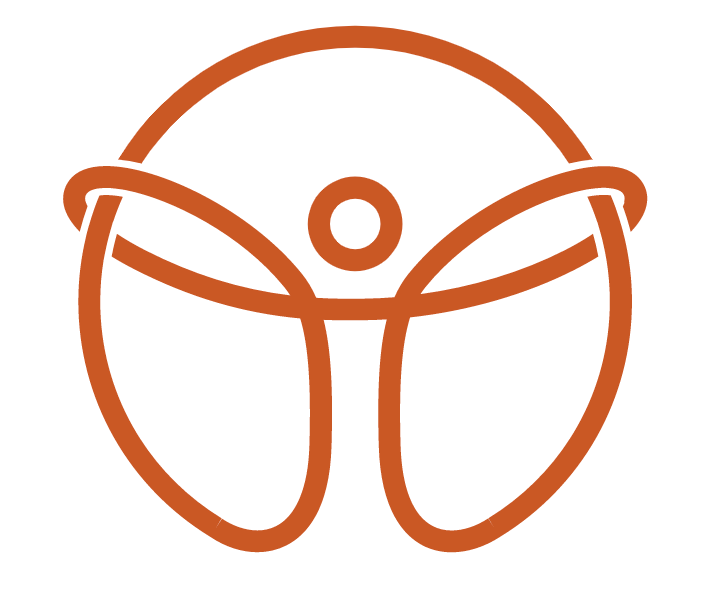From Diagnosis to Recovery: Managing Groin Pain in Active Individuals
Groin pain, often stemming from sports hernias, is a complex issue faced by many athletes. It can be a debilitating condition, impacting performance and quality of life. At MVMT STL, we believe in a multifaceted approach to treatment, focusing on accurate diagnosis, proper activity modification, and comprehensive rehabilitation strategies to get athletes back to peak performance.
Understanding Groin Pain and Sports Hernias
Groin pain can arise from various sources, including muscle strains, tendinopathies, hip joint issues, or even referred pain from the lumbar spine. One common but often misunderstood cause is a sports hernia, or athletic pubalgia. Despite its name, a sports hernia is not a true hernia. Instead, it’s a strain or tear of soft tissues in the lower abdomen or groin area. This condition is prevalent among athletes engaged in sports requiring sudden changes of direction, twisting, and turning, such as soccer, hockey, and tennis.
Diagnosis is Key: Diagnosing the exact cause of groin pain can be challenging due to the complex anatomy of the area. A thorough clinical examination is essential, often combined with imaging such as MRI or ultrasound to rule out other conditions like hip labral tears or inguinal hernias. Understanding the source of pain allows for more targeted and effective treatment.
Activity Modification
Rest is crucial in the initial stages of treatment, but complete inactivity can lead to deconditioning and delayed recovery. Therefore, modifying activities to avoid aggravating movements while maintaining overall fitness is recommended. Athletes should avoid high-impact activities and lateral movements that place strain on the groin. Low-impact exercises such as cycling or swimming can help maintain cardiovascular fitness without exacerbating symptoms.
Rehabilitation Loading Strategies
Rehabilitation involves a progressive loading program to restore strength and function to the affected area. Starting with isometric exercises such as adductor squeezes can help activate and strengthen the muscles without excessive movement. Gradually, more dynamic exercises like resisted adduction, core stabilization drills, and controlled lower limb movements are introduced. The goal is to restore strength, endurance, and neuromuscular control to the hip and pelvic region.
Spinal and Pelvic Biomechanics
Proper spinal and pelvic biomechanics are critical in managing groin pain. Misalignments or dysfunctions in the spine and pelvis can alter movement patterns, increasing stress on the groin area. Chiropractic adjustments can help restore alignment and improve biomechanical function. By correcting these dysfunctions, we can reduce compensatory movements that contribute to groin pain and enhance overall stability and movement efficiency.
The Role of Chiropractic Adjustments
Chiropractic adjustments, particularly in the lumbar spine and pelvis, can have a profound impact on groin pain. Adjustments help improve joint mobility, reduce nerve irritation, and optimize muscle function. This not only alleviates pain but also enhances movement patterns, which is essential for athletes returning to sport.
Gait Analysis
Gait analysis is a valuable tool in identifying dysfunctional movement patterns that may contribute to or result from groin pain. At MVMT STL, we use gait analysis to assess how the athlete moves and to identify compensations that could be placing undue stress on the groin. Based on this analysis, we can tailor rehabilitation programs to correct these patterns, reducing the risk of re-injury.
Soft Tissue Therapy and Electro Acupuncture
Soft tissue therapy, such as instrument-assisted soft tissue mobilization (IASTM) and slide cupping, can help release adhesions and improve tissue quality in the affected muscles and fascia. Electro acupuncture is another effective tool, using electrical stimulation to enhance the effects of traditional acupuncture. This can reduce pain, promote healing, and improve muscle activation.
Treating sports hernias and groin pain requires a holistic approach that addresses the underlying biomechanical issues, provides targeted rehabilitation, and educates athletes on proper activity modification. At MVMT STL, we are committed to helping our patients recover fully and return to their sport stronger than ever. If you’re experiencing groin pain or suspect a sports hernia, contact us today for a comprehensive assessment and personalized treatment plan.

